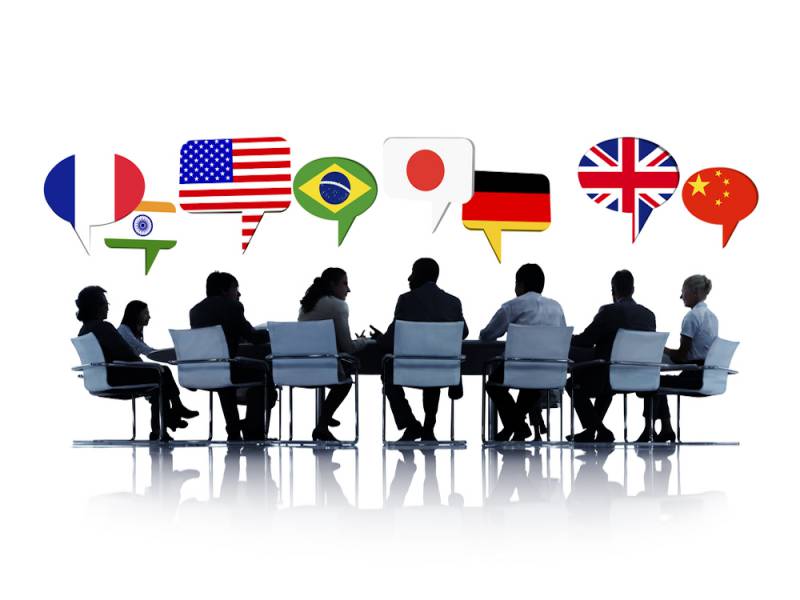The UIA's International Meetings Statistics Report 2017 is available now

For the past six decades, the Union of International Associations (UIA) has undertaken statistical studies on the preceding years’ international meetings. The complete report is available for sale to the public following a period of three months’ exclusive use by UIA Associate Members; it will be available to non-members from September 1st 2017.
The statistics are based on information systematically collected by the UIA Congress Department and selected according to strict criteria maintained over the years, thus enabling meaningful comparison from year to year.
Meetings taken into consideration include those organized and/or sponsored by the international organizations which appear in the Yearbook of International Organizations and in the International Congress Calendar, i.e. the sittings of their principal organs, congresses, conventions, symposia, regional sessions grouping several countries, as well as some national meetings with international participation organized by national branches of international associations.
Not included are purely national meetings as well as those of an exclusively religious, didactic, political, commercial, or sporting nature, and corporate and incentive meetings, the survey of these specific markets not being within the scope of activities of the UIA.
More prominence is also given to presenting data which, due to the passage of time, can be considered to have stabilized. The editors emphasize that the number of meetings in the database for the current reporting year will, on average, increase by 11 percent over the next year, and by nearly 32 percent over the following five years.
As of the report for 2008 (published in 2009), the UIA meetings database has been enriched by connecting it more closely to its sister database on international organizations, the source of the Yearbook of International Organizations. This enriches the data available across the time scale and in particular enables historical surveys of international organization meeting activity as far back as the 1850s.
It should be noted that UIA criteria for collection and inclusion have not changed over time; only the presentation has changed.
Top international meeting countries in 2016 – tie for 5th place
|
Country |
Number of meetings |
Percentage of all meetings |
|
1. Korea Rep |
997 |
9.5% |
|
2. Belgium |
953 |
9.1% |
|
3. Singapore |
888 |
8.5% |
|
4. USA |
702 |
6.7% |
|
5. France |
523 |
5.0% |
|
5. Japan |
523 |
5.0% |
|
6. Spain |
423 |
4.0% |
|
7. Austria |
404 |
3.9% |
|
8. Germany |
390 |
3.7% |
|
9. Netherlands |
332 |
3.2% |
|
10. Thailand |
279 |
2.7% |
Top international meeting cities in 2016
|
City |
Number of meetings |
Percentage of all meetings |
|
1. Brussels |
906 |
8.6% |
|
2. Singapore |
888 |
8.5% |
|
3. Seoul |
526 |
5.0% |
|
4. Paris |
342 |
3.3% |
|
5. Vienna |
304 |
2.9% |
|
6. Tokyo |
225 |
2.1% |
|
7. Bangkok |
211 |
2.0% |
|
8. Berlin |
197 |
1.9% |
|
9. Barcelona |
182 |
1.7% |
|
10. Geneva |
162 |
1.5% |
For more information you may download a summary of the report here.
The report provides a comprehensive overview of trends in international organizations' events. Highlights include:
- Number of meetings per city and per country, with indications of their market share
- Top international meeting countries and cities per year
- Trends in participant numbers and meeting dates
- Top 10 ranking
- Five year preview of future top countries and cities where meetings are planned
Other Articles
About Us
Supported by the Union of International Associations (UIA), the International Association of Professional Congress Organisers (IAPCO) and the Interel Group, the global public affairs and association management consultancy, Headquarters Magazines serve the needs of international associations organising worldwide congresses.















